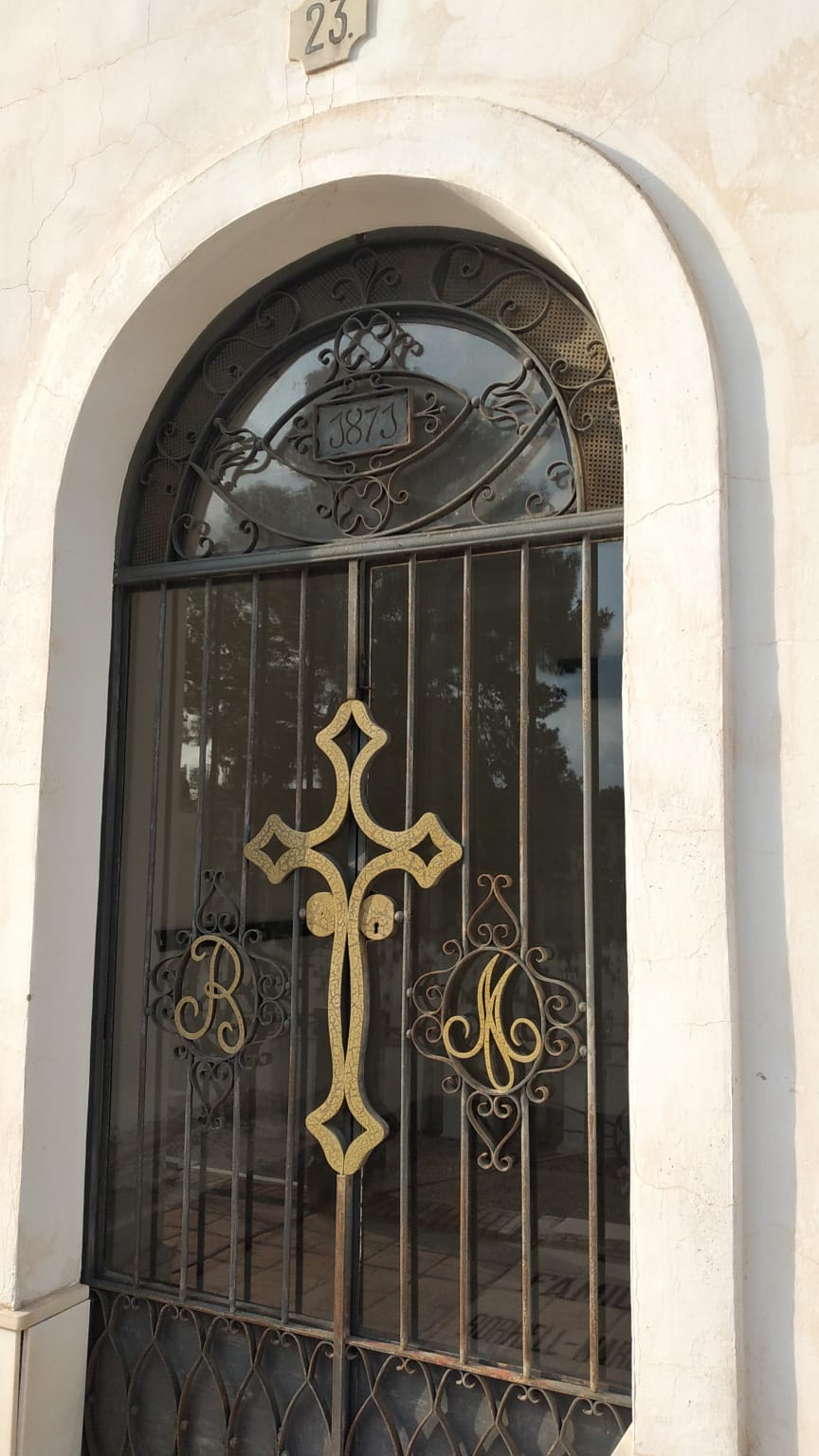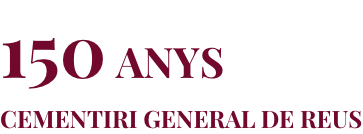TOMB OF MARIA CORTINA
Maria Cortina studied at the high school in Reus and also learned Fine Arts at the Fortuny Academy under Ramon Casals i Vernis. She later pursued teacher training at the Normal School in Barcelona, obtaining her diploma in 1897. In 1899, she opened her first school in a flat on Raval de Santa Anna, number 45. As her reputation grew, student enrollment increased, prompting her to move to number 34 on the same street shortly thereafter. By 1912, she relocated to Raval Martí Folguera, 8 (then known as Raval Baix de Jesús), occupying two floors.
The preschool was coeducational, while the other classes were exclusively for girls, serving students aged 3 to 15. In addition to the standard curriculum, the school offered music lessons, taught by Estanislau Mateu, and classes in French, tutoring, and sewing. Cortina became acquainted with Rosa Sensat and implemented the innovative, active, and participatory teaching methods at her school, combining them with a discipline based on internal coexistence rules.
In 1925, she celebrated the 25th anniversary of the school's founding, which became a tribute to her. The school was closed during the Civil War; some materials were confiscated, and a bombing destroyed part of the building. During the war, Maria Cortina and her staff continued to provide tutoring to students at the Institute while it was still open. After the war, the school reopened on Carrer de la Font, near Raval de Robuster, where the Margalef School was later established. Throughout these years, Maria Cortina served as both a teacher and director, preparing students for the free high school diploma examinations at the Gaudí Institute in Reus.
In 1950, the school celebrated its 50th anniversary, again honoring Maria Cortina. Her long educational career earned her the Grand Cross of Alfonso X the Wise. Just as she was about to relocate the school to Carrer Gaudí at the Palau Boule, she passed away in 1954. However, the school continued under the leadership of her daughter, Misericòrdia Marcó i Cortina, who completed the move a few months later. The school became known as "Ca donya Maria Cortina," becoming a local institution with a reputation for quality (albeit fee-paying) education and uniformed students.
Although it continued to be referred to as "Ca donya Maria Cortina" by locals, the official name was Escola de la Mare de Déu de Misericòrdia (though it was never a religious school). Misericòrdia Marcó's son, Anton Borrell, a law graduate, joined the teaching staff in 1966, where he taught history. He proposed new teaching methods and promoted the continued professional development of the center's teachers, aligning with the educational approach of the Rosa Sensat Teachers’ Collective. Later, during the democratic era, Anton Borrell served as the mayor of Reus. The school has recently reclaimed the popular name of Escola Maria Cortina as a tribute to its founder, and the city of Reus has dedicated a street in her honor.


En aquest enllaç podeu accedir a l'històric de les darreres defuncions que han estat ateses al nostre Tanatori Municipal de Reus.
Aneu a Últimes defuncions
El Cementiri General de Reus ha complert recentment els seus 150 anys d'història. Una commemoració que ha estat protagonitzada per tot un seguit d'activitats culturals i de divulgació d'aquest patrimoni.
Aneu al cementiri
En aquest apartat trobareu diferents possibilitats de detalls florals per fer arribar a les famílies mentre fan ús de les diverses sales de vetlla.
Aneu a la nostra botiga
